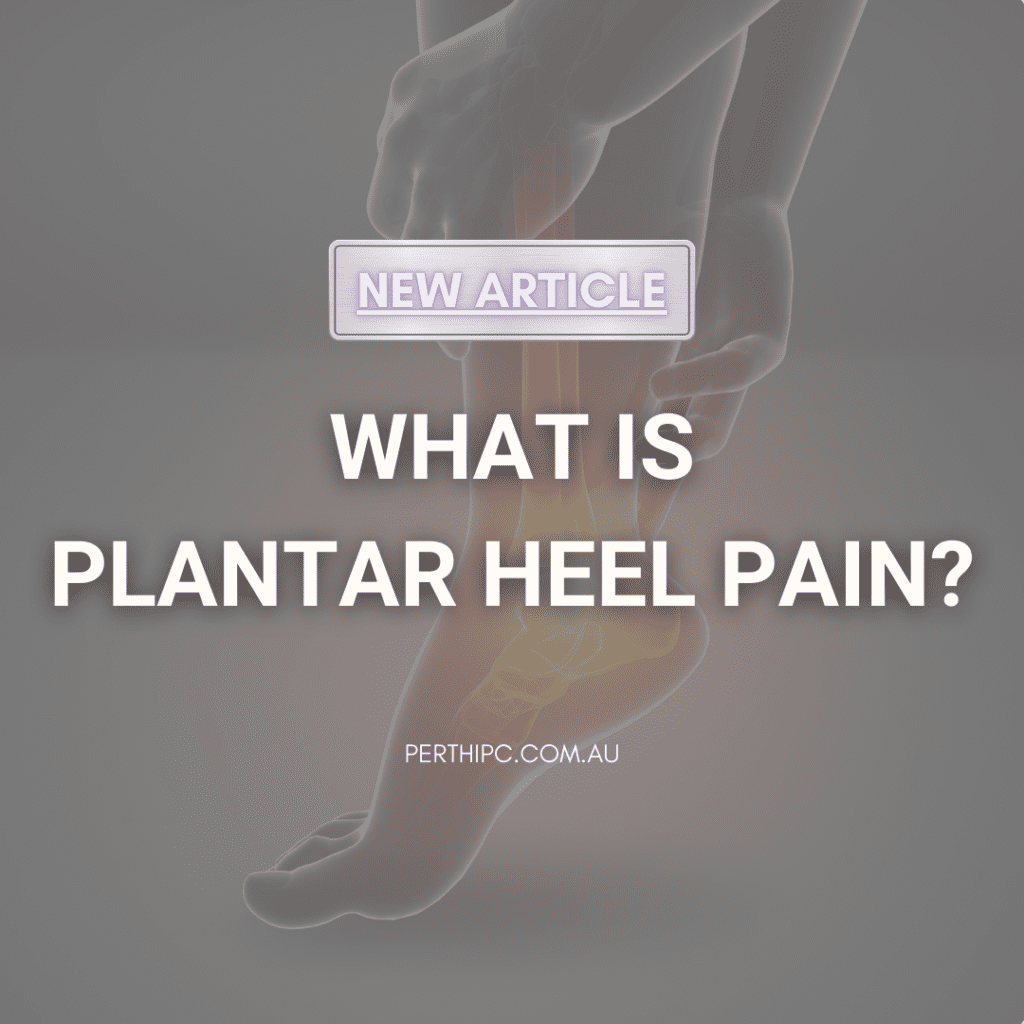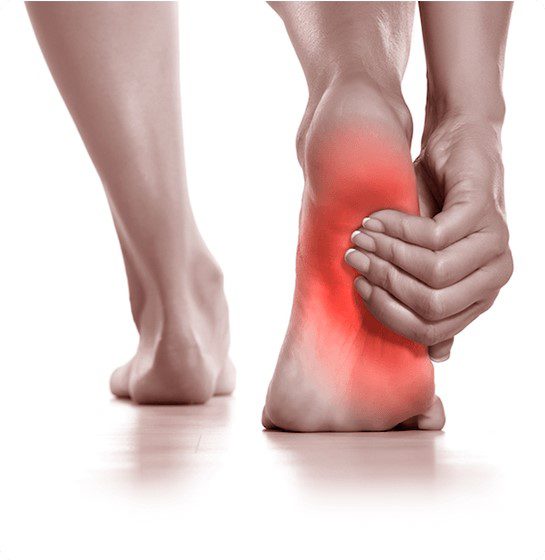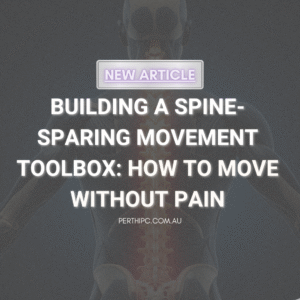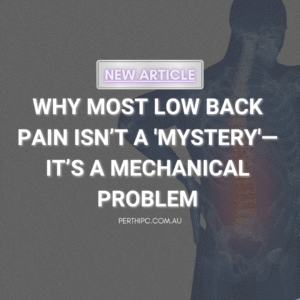
The Importance Of Spare Capacity – Why Your Spine Needs A Safety Margin
What if your back pain isn’t just from one bad movement — but from constantly living on the edge of your spine’s limits? This is where


Plantar heel pain is a common condition that affects people of all ages and activity levels. While traditionally referred to as “plantar fasciitis,” recent research has shown that the true issue is plantar fasciopathy, a degenerative condition rather than an inflammatory one. The plantar fascia is a thick band of connective tissue that plays a crucial role in foot mechanics. When this tissue undergoes degenerative changes due to chronic overload or stress, pain and dysfunction occur.

The suffix “-itis” implies inflammation; however, scientific studies have demonstrated that most cases of chronic plantar heel pain do not exhibit signs of inflammation. Instead, researchers have found degenerative changes, collagen breakdown, and disorganized healing in affected tissue.
A study by Lemont et al. (2003) examined histological samples of plantar fascia from patients with chronic heel pain and found no evidence of inflammatory cells, but rather signs of myxoid degeneration, collagen disarray, and fibroblast proliferation [1]. Similar findings were reported by Dragoni et al. (2021), who noted that plantar fasciopathy is best understood as a failed healing response rather than an inflammatory process [2].
This distinction is important because it affects treatment approaches—traditional anti-inflammatory treatments such as corticosteroid injections or NSAIDs may not address the root cause of the condition.

The primary symptom of plantar heel pain is pain in the heel area as the name describes, particularly when walking or standing. The symptoms of plantar heel pain can vary depending on the underlying causes, but the most common symptoms include:

Plantar fasciopathy is typically the result of repetitive microtrauma and chronic stress on the plantar fascia. Factors contributing to its development include:
Since plantar fasciopathy is not primarily an inflammatory condition, effective treatments focus on tissue remodeling and load management rather than inflammation reduction. Soft Tissue Occupational Therapy: A Soft Tissue Occupational Therapist provides biomechanical assessment and manual therapy techniques to improve fascial function. Treatment may include:
It is super important to consult with your healthcare professional for an accurate diagnosis and an appropriate diagnosis and treatment plan for your plantar heel pain. No ones issues are the same, and can be a combination of many underlying causes and conditions, so seeking that professional help can really help to fix the issue and get you on to the road to recovery!
References:

What if your back pain isn’t just from one bad movement — but from constantly living on the edge of your spine’s limits? This is where

One of the most overlooked causes of persistent low back pain is how we move during everyday tasks. Simple activities like bending, sitting, getting out of a car, or

If you’ve been told your back pain is “non-specific” or has “no clear cause,” you’re not alone. Up to 85% of people with low back